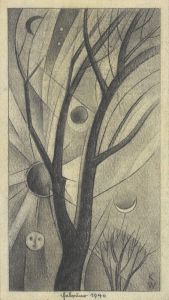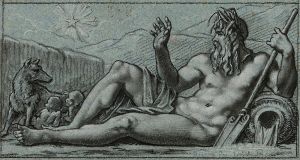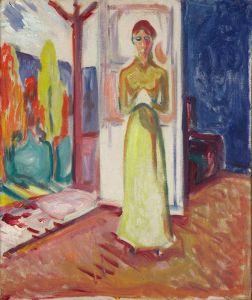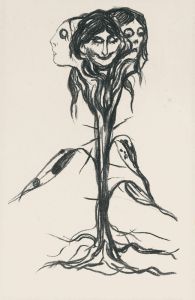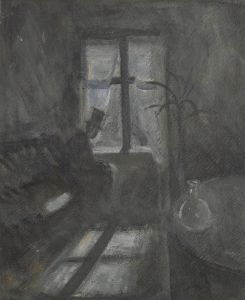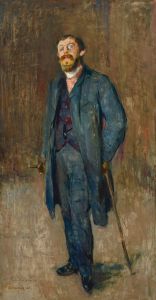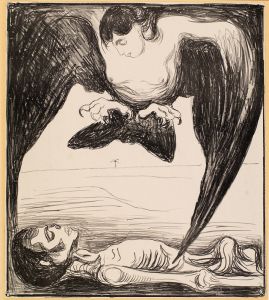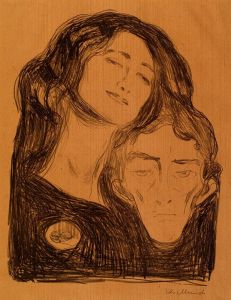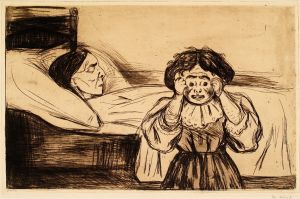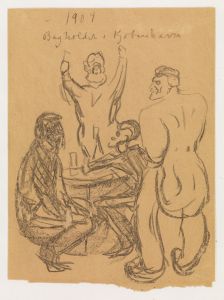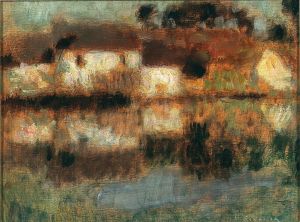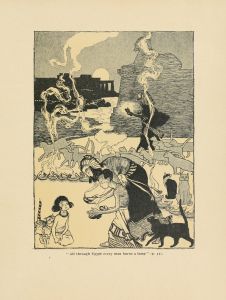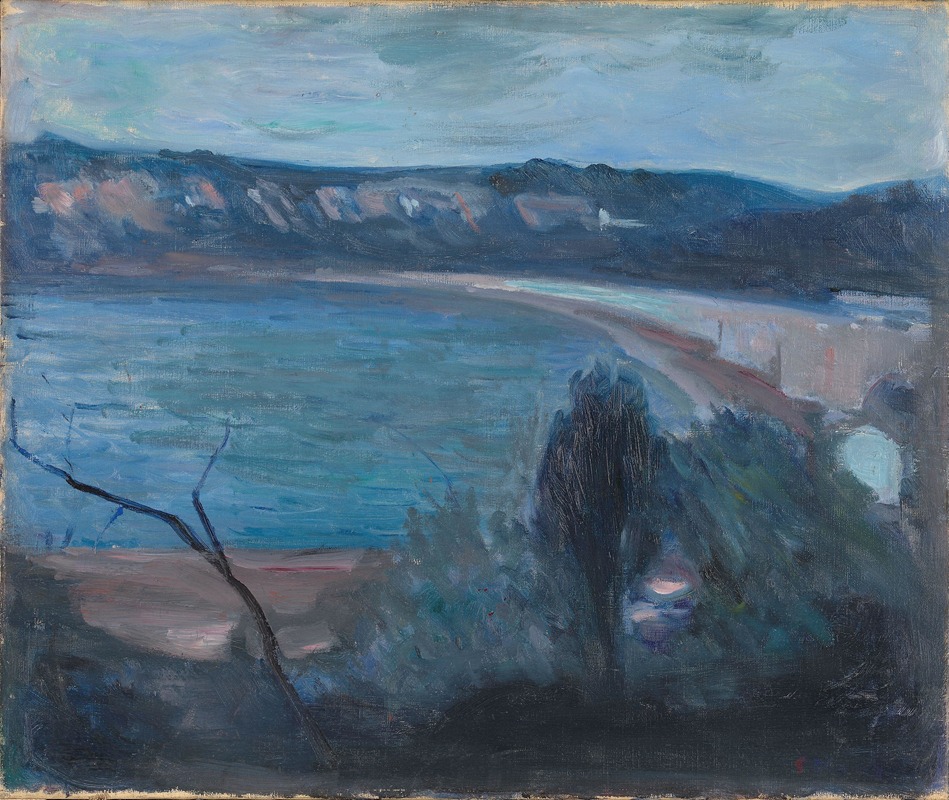
Moonlight by the Mediterranean
A hand-painted replica of Edvard Munch’s masterpiece Moonlight by the Mediterranean, meticulously crafted by professional artists to capture the true essence of the original. Each piece is created with museum-quality canvas and rare mineral pigments, carefully painted by experienced artists with delicate brushstrokes and rich, layered colors to perfectly recreate the texture of the original artwork. Unlike machine-printed reproductions, this hand-painted version brings the painting to life, infused with the artist’s emotions and skill in every stroke. Whether for personal collection or home decoration, it instantly elevates the artistic atmosphere of any space.
"Moonlight by the Mediterranean" is a painting by the renowned Norwegian artist Edvard Munch, who is best known for his iconic work "The Scream." Munch was a pivotal figure in the Symbolist and Expressionist movements, and his works often explore themes of existential dread, love, and the human psyche. However, "Moonlight by the Mediterranean" represents a different aspect of his artistic exploration, focusing on the serene and contemplative aspects of nature.
Edvard Munch was born on December 12, 1863, in Loten, Norway, and grew up in Oslo. His early life was marked by tragedy, with the death of his mother when he was just five years old and the loss of his sister to tuberculosis. These events had a profound impact on Munch's psyche and his artistic expression. He began his formal art education at the Royal School of Art and Design in Oslo, where he was influenced by the Symbolist movement and the works of other contemporary artists.
"Moonlight by the Mediterranean" was created during a period when Munch traveled extensively throughout Europe. His travels exposed him to various artistic styles and landscapes, which influenced his work significantly. The Mediterranean region, with its unique light and atmosphere, provided Munch with a new palette and a different perspective on nature. This painting captures the tranquil beauty of the Mediterranean landscape under the soft glow of moonlight.
The painting depicts a serene coastal scene bathed in the gentle light of the moon. Munch's use of color and light in this work is particularly noteworthy. He employs a muted palette, dominated by blues and greens, to convey the calmness and tranquility of the night. The moonlight reflects off the water, creating a shimmering effect that adds depth and movement to the composition. The horizon is marked by the meeting of the sea and sky, a common motif in Munch's landscapes, symbolizing the infinite and the unknown.
Munch's technique in "Moonlight by the Mediterranean" is characterized by loose brushwork and an emphasis on capturing the mood and atmosphere of the scene rather than focusing on detailed realism. This approach aligns with the Symbolist movement's emphasis on conveying emotions and ideas through art. The painting invites viewers to reflect on the beauty and mystery of nature, a recurring theme in Munch's oeuvre.
Throughout his career, Munch's work evolved as he experimented with different styles and techniques. While he is often associated with the darker themes of anxiety and existentialism, "Moonlight by the Mediterranean" showcases his ability to capture the peaceful and contemplative aspects of the natural world. This painting is a testament to Munch's versatility as an artist and his deep appreciation for the beauty of the landscapes he encountered during his travels.
Edvard Munch continued to paint and exhibit his work until his death on January 23, 1944. His legacy endures through his extensive body of work, which continues to be celebrated and studied for its emotional depth and innovative approach to art. "Moonlight by the Mediterranean" remains an example of Munch's ability to convey the serene beauty of nature through his unique artistic vision.





